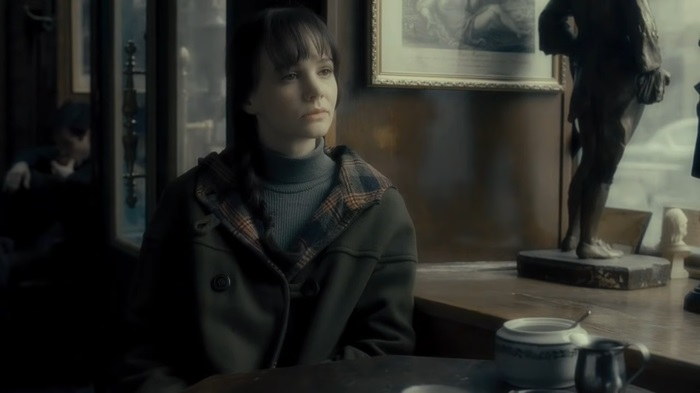Inside Llewyn Davis, directed by Joel and Ethan Coen, is a 2013 film set in the Greenwich Village folk music scene of the early 1960s. The movie follows the life of Llewyn Davis, a struggling folk singer portrayed by Oscar Isaac. As a character study, the film delves into themes of artistic integrity, personal responsibility, and the challenges associated with pursuing a career in the arts.
The Struggling Artist
Inside Llewyn Davis opens with Llewyn Davis performing at the Gaslight Cafe in 1961, establishing the Greenwich Village folk scene as the backdrop. Llewyn is a talented musician, but his career is at a standstill. The news of his musical partner's suicide, Mike Timlin, adds a layer of personal and professional turmoil. This event sets the stage for Llewyn's journey, marked by a series of encounters and challenges that define his character.
Couch-Surfing and Complicated Relationships

Llewyn couch-surfs among friends and acquaintances, highlighting the transient nature of his life. He stays with Jean (Carey Mulligan) and Jim (Justin Timberlake), a folk-singing couple, but tension arises due to Jean's pregnancy, and the possibility that Llewyn might be the father. These relational complexities add emotional depth to Llewyn's character, emphasizing the interconnectedness of his personal and professional struggles.
Rejection and Setbacks
Llewyn faces rejection from music producers and experiences a failed recording session, showcasing the harsh realities of the music industry. His uncompromising approach and abrasive personality hinder his progress, highlighting the delicate balance between artistic authenticity and commercial success. These setbacks force Llewyn to confront the limitations of his chosen path.
The Symbolism of the Cat
A recurring symbol in the film is a ginger cat that Llewyn inadvertently adopts during his various stays. The cat becomes a metaphor for Llewyn's struggles and his inability to escape the challenges he faces. Its presence underscores the cyclical nature of Llewyn's journey and serves as a poignant reminder of the burdens he carries.
The Journey to Chicago
In an attempt to break free from his rut, Llewyn takes a road trip to Chicago with Roland Turner (John Goodman), a jazz musician with his own set of problems. This journey, both literal and metaphorical, represents Llewyn's quest for success and recognition. However, even in Chicago, he encounters more challenges and disappointments, adding to the complexity of his narrative.
The Circular Narrative and Climax
The film's structure is circular, bringing Llewyn back to the Gaslight Cafe, where he performs a haunting rendition of Fare Thee Well. This climactic moment captures the essence of Llewyn's journey, reflecting on loss, regret, and the passage of time. The circular narrative suggests that Llewyn is trapped in a loop, unable to break free from the cycle of failure and disappointment.
The Enigmatic Ending
Inside Llewyn Davis concludes with an enigmatic ending. After his performance at the Gaslight Cafe, Llewyn is assaulted in the alley by a mysterious figure. The reasons for the attack are unclear, and the identity of the assailant is never revealed. This ambiguity adds to the film's overall sense of unresolved tension and the unpredictable nature of life.
The Ongoing Struggle
The ending leaves Llewyn back at the Gaslight Cafe, facing an uncertain future. The cyclical nature of the narrative suggests that Llewyn's journey is ongoing, and the challenges he faces are likely to persist. The film closes with a sense of melancholy and contemplation, prompting viewers to reflect on the sacrifices and struggles that accompany artistic pursuits.
Inside Llewyn Davis is a nuanced exploration of the folk music scene in the 1960s, anchored by the character of Llewyn Davis. The film's episodic structure allows for a deep dive into Llewyn's struggles, while its enigmatic ending invites contemplation on the nature of artistic pursuits and the cyclical challenges that define the life of a struggling artist.






